Dhaka's identity crisis: Has this city transformed beyond recognition?
Rizvi Ahmed
Publish: 04 Jul 2024, 05:12 AM
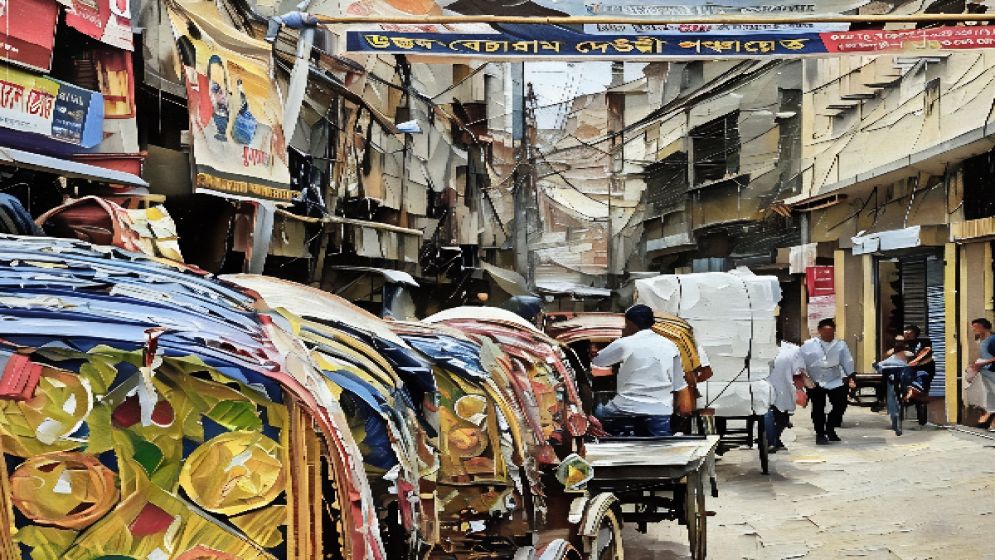
While cities are said to retain their unique character as they grow and evolve, Dhaka seems to defy this notion. Has any other city experienced such a radical departure from its past incarnations?
Of course, all cities change over time, and South Asian cities, with their rapid growth and development in recent decades, have uniformly transformed from colonial outposts into sprawling megacities.
Yet, Dhaka's metamorphosis appears to be exceptional, exceeding the typical urban transformation.
Modern Dhaka is a stark contrast to the sleepy, charming town it was just half a century ago. The transformation from a tranquil landscape of tree-lined avenues, ponds, canals, and spacious bungalows to a bustling metropolis of 18 million people, filled with blaring traffic and endless concrete structures, is nothing short of astonishing.
However, the change goes beyond the physical. The city's very essence has shifted. Dhaka today is a high-energy megacity, characterized by a fast-paced lifestyle, simmering tensions, and a palpable undercurrent of anger and violence, juxtaposed against the frustratingly slow-moving traffic.
There is no doubt that the city has become a powder keg, where vigilantism against petty criminals is commonplace, where industrial workers protest at a moment's notice, and where violence and chaos always lurk beneath the surface.
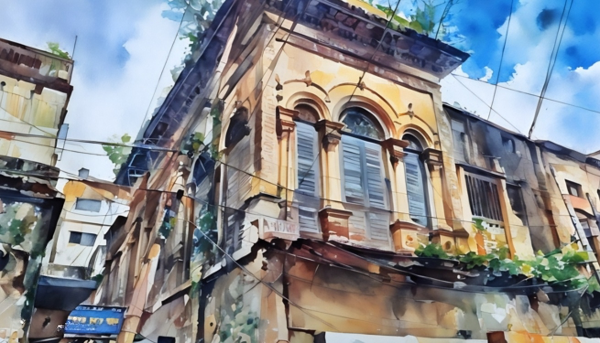
Deconstructing Dhaka’s soul
The city is in constant motion, seething with a palpable tension. From rickshaw pullers to professionals, a shared undercurrent of anger seems to unite Dhaka's diverse population.
This simmering rage, threatening to erupt at any moment, distinguishes the modern Dhaka from its calmer past. This harsh transformation is the most striking and distressing consequence of the city's evolution.
If we delve into the works of different architects and historians, we can come up with a unique perspective on Dhaka's evolution. It can be dawned upon us that Dhaka is best understood as a few overlapping cities within itself, each with its own social, economic, and environmental character.
We can use the term "morphology" to describe the essential form and structure of each of these urban organisms, revealing their functional and vital makeup. This framework is crucial for understanding the seeming chaos and contradictions that define modern Dhaka.
The true essence of the city, therefore, lies in the interactions and tensions between these diverse spaces within the larger urban landscape.
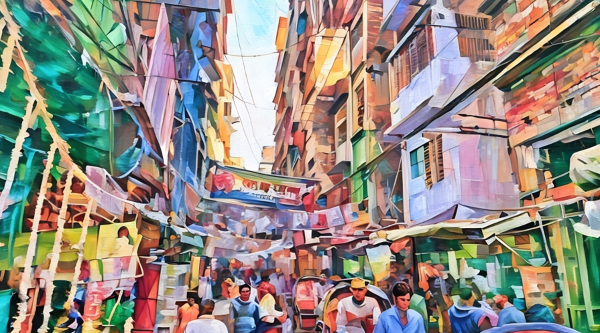
The Old Dhaka
Our first perspective on Dhaka begins in the historical old city, nestled on the eastern bank of the Buriganga River. Urban settlements in this area date back to the Gupta Empire of the 4th century.
However, the old city's prominence began in 1608, when Islam Khan, the new Mughal governor of Bengal, designated it as his capital, renaming it Jahangirnagar in honor of the reigning emperor.
This marked the birth of the original Dhaka, stretching ten miles along the Buriganga and eventually housing nearly a million inhabitants. This bustling city defined Dhaka until the 20th century, and now exists only in fragments, overshadowed by newer developments that have sprung up around it.
An intrepid explorer would struggle to find this old Dhaka, as it lies buried beneath the urban sprawl. Alleyways teem with rickshaws, motorbikes, baby taxis, and a relentless tide of people.
Crumbling historic buildings, now subdivided and housing countless families, are barely distinguishable from the recent concrete apartment blocks. Only a closer look reveals hints of grandeur beneath the squalor.
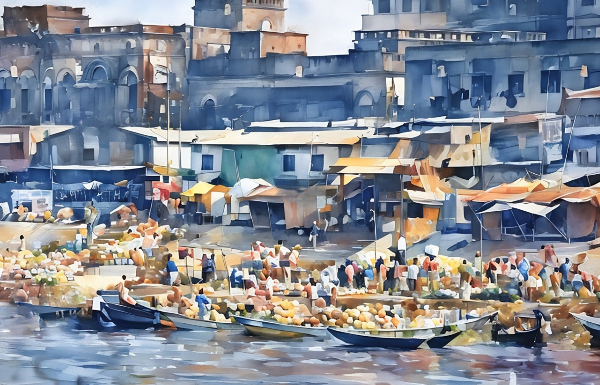
Colonial era and the second capital
The second distinct area is the colonial-era section, developed by the British in the early 20th century. Characterized by imposing government buildings, wide tree-lined avenues, and sturdy bungalows set amidst untamed gardens, this once represented the new city.
Although no longer the most prestigious area, it still boasts wider streets, abundant trees, and more greenery than any other part of Dhaka.
There is a particular intrigue in the area known as the Second Capital. This encompasses Louis Kahn's iconic National Parliament building and its surrounding landscape of neat red-brick apartments, gardens, and an artificial lake.
Perhaps once intended as a model for Dhaka's future, this enclave now stands in stark contrast to the rest of the city. It remains remarkably well-preserved, free from the squalor, chaos, and overcrowding that plague other areas.
Yet, in its pristine isolation, it resembles an alien artifact, a tiny oasis amidst the urban jungle. One wonders how long it can withstand the encroaching pressures of a growing city, its walls breached by the angry, overcrowded masses.
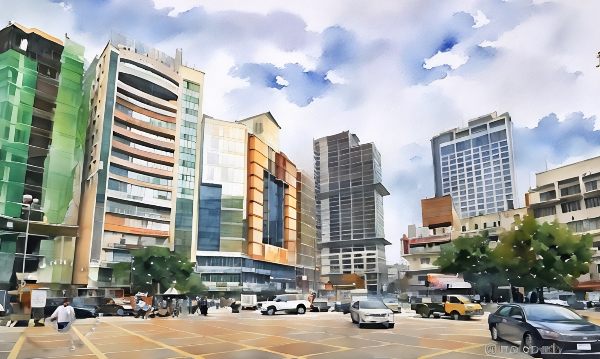
The new and the old Dhaka
We now shift our focus to the "real" city, the planned areas that emerged after Partition. The names of these localities—Dhanmondi (rice granary), Katabon (thorn forest), Kathalbagan (jackfruit grove), Kalabagan (banana grove), Gulshan (flower garden)—hint at their recent past as untouched wilderness.
Developed and settled during the 1950s, 60s, and even 70s, these areas were initially considered remote suburbs, offering respite from the bustling city center. People built homes there to escape the urban chaos.
However, Dhaka's rapid expansion has since absorbed these once-distant suburbs, placing them squarely in the heart of the metropolis. It's hard to imagine that these were once envisioned as model towns, with spacious plots and carefully zoned residential and commercial areas—an attempt to create upscale neighborhoods far from the madding crowds.
Dhaka's transformation has been dominated by what can be called a "fifth morphology." This encompasses the unplanned developments and buildings that have engulfed the city, often overshadowing the earlier planned areas.
The once-orderly model towns have succumbed to vast unplanned extensions and encroachments. This is the reality of Dhaka today. From a population of less than a million at independence, the city has ballooned to an estimated 18 to 20 million, and it continues to grow rapidly.
Construction is ubiquitous in Dhaka. Everywhere you turn, you see mounds of sand, cement, bricks, and iron rods, along with half-finished buildings and swarms of laborers. Houses that haven't been subdivided are being demolished to make way for apartment blocks.
These new buildings are constructed as close to the boundaries as legally possible—often exceeding those limits—in an effort to maximize the use of scarce land. The result is a congested cityscape, where buildings crowd each other, mirroring the bustling activity on the streets below.
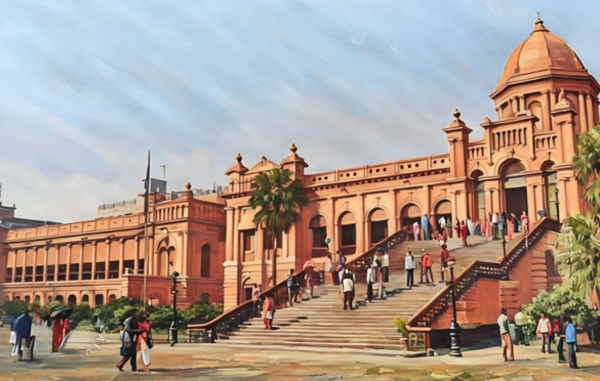
A tale of two cities
The city's packed skyline is a fitting reflection of the cramped streets, with both people and buildings vying for space.
Dhaka has transformed into a city dominated by concrete blocks. The emblematic neighborhoods are those of the lower-middle class, stretching across the city—Khilgaon, Jatrabari, and Badda.
These areas are filled with rows of unpainted five- and six-story concrete boxes, where entire families squeeze into cramped, stifling two-room apartments. These are the homes of the peons, clerks, industrial workers, mechanics, teachers, nurses, and secretaries who form the backbone of Dhaka's population.
Today's Dhaka is a far cry from the well-maintained gardens and houses in Gulshan and Dhanmondi, or the modern high-rise apartments catering to the new generation of professionals.
It's a world away from the posh restaurants, cafes, and air-conditioned luxury of Jamuna Future Park, the sprawling shopping mall that claims to be one of South Asia's largest.
However, even these isolated pockets of luxury cannot mask the true reality of Dhaka. The roads leading to Jamuna Future Park are still riddled with potholes and congested with traffic, pedestrians, and street vendors.
The mall overlooks slums and shanty towns, reminding visitors that stepping outside its gates means confronting the chaos and squalor of Dhaka's streets.
—-
Rizvi Ahmed is an architect. He loves writing about cities and their changing landscapes
